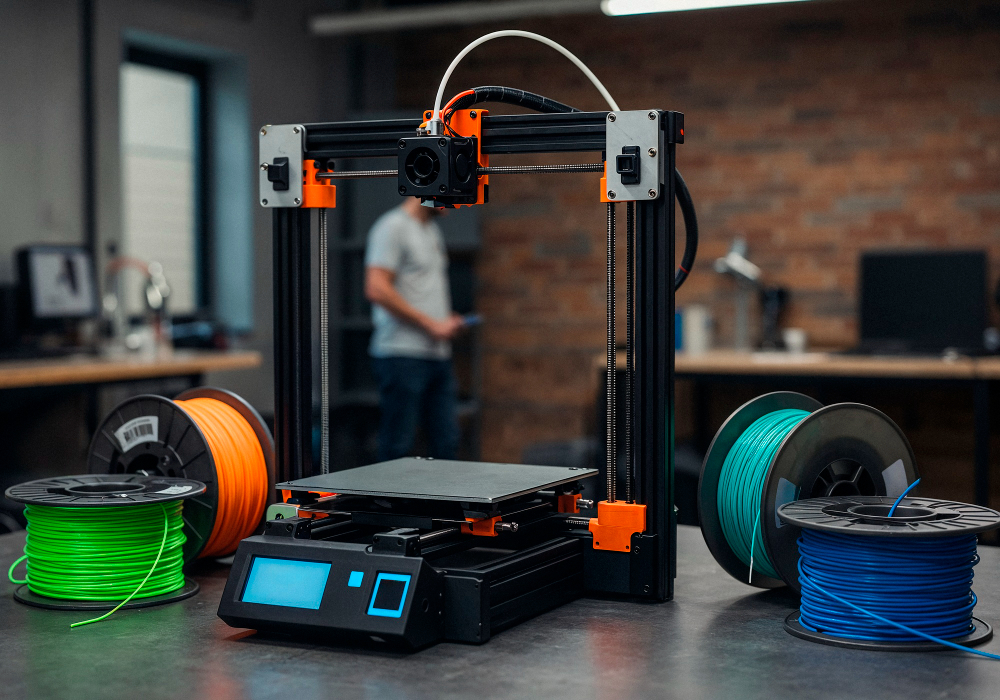What File Formats Are Supported by Cloud 3D Printing Platforms?




When preparing a 3D model for printing, the file format you use can make or break your workflow. From geometric accuracy to slicing quality, compatibility is essential — especially in cloud environments where multiple printers and users collaborate in real time.
In this guide, we’ll explore which file formats are typically supported by cloud 3D printing platforms, and how 3DPrinterOS ensures seamless, universal compatibility.
In a cloud environment, users often upload files from different CAD systems. Without unified format support, print jobs may fail or require manual rework.
3DPrinterOS solves this by supporting a wide range of 3D file types directly from the browser, automatically converting them to compatible formats during slicing.
With 3DPrinterOS, users no longer worry about “unsupported format” errors — the system takes care of conversions in the cloud.
Whether you’re printing with PLA on a desktop printer or managing a fleet in an enterprise lab, format flexibility is key. 3DPrinterOS offers unmatched support for all major 3D model formats, letting you focus on creativity — not compatibility.

Learn more about 3DPrinterOS - the most trusted 3D printing management software for Higher Education, Enterprises and OEMs. Fill out this form to get in touch with our experts.
Manage the workflow and permissions for your users
Share files and 3D printers to groups of users
Control your 3D printer fleet through a browser
Cloud slicer and toolpath viewer
Book your personalized assessment now and get your free trial.